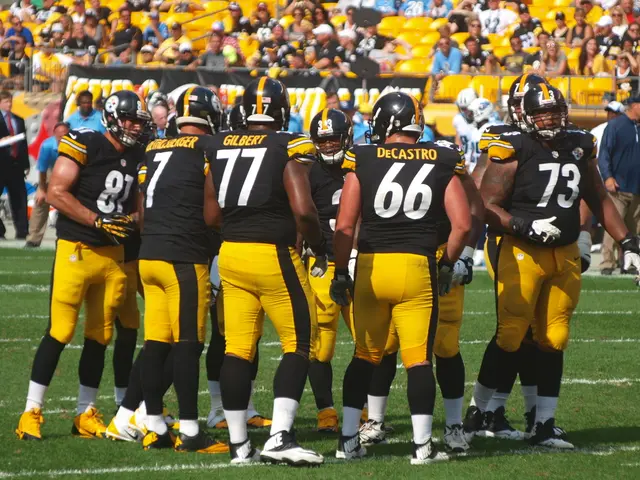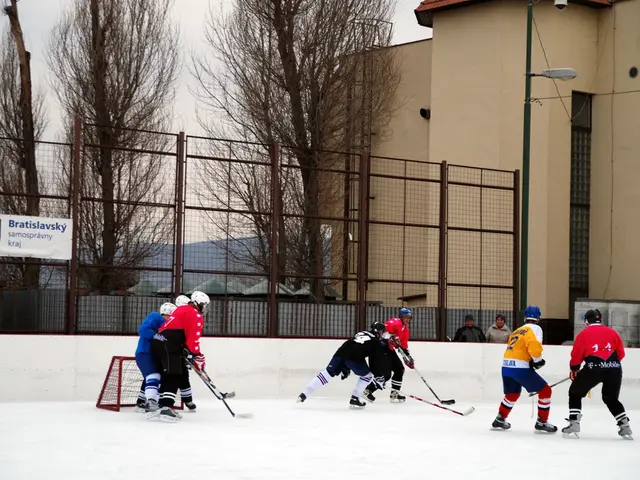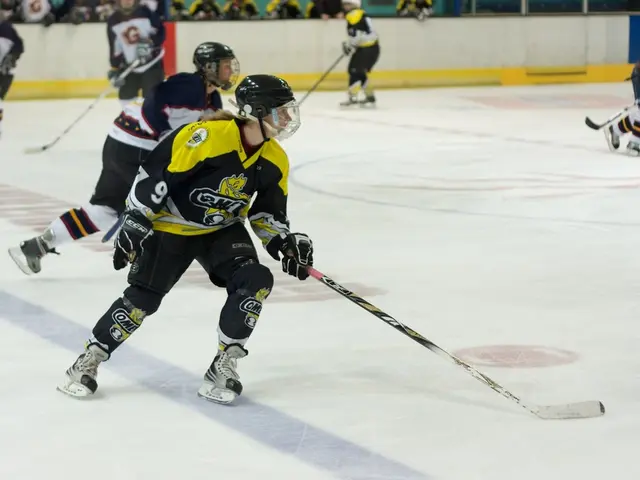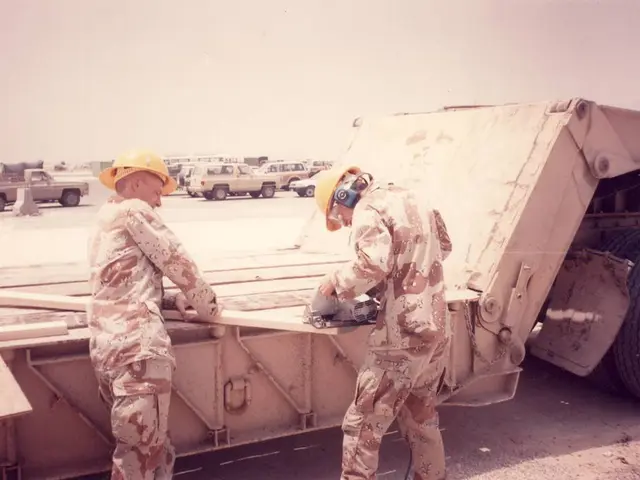"Blueprint for Success": Strategies utilized by the Thunder to equalize the NBA Finals, delivering hard hits
The Thunder's Magic Formula: Unleashing Depth and Resilience to Win
OKLAHOMA CITY - After a nail-biting Game 1, the Indiana Pacers didn't manage to replicate their heroics for Game 2. The Thunder, with a 123-107 win, evened the series at one game apiece. And it looks like their gameplan could be the key to winning the NBA Championship.
"One-man shows can't win an NBA title," Oklahoma City star Shai Gilgeous-Alexander asserted.
In Game 1, Gilgeous-Alexander scored 38 points but needed 30 shots to do it. But, in Game 2, he finished with 34 points on just 21 attempts, demonstrating a more efficient performance. Not only did Gilgeous-Alexander have a better game, but the whole team played like a well-oiled machine.
The Thunder's roster is the NBA's deepest, and they showed it off in Game 2. After scoring zero points in Game 1, starting center Chet Holmgren contributed big time with 15 points. Jalen Williams, who was largely held in check in Game 1, scored 19 points thanks to an aggressive plan that led to nine free-throws. And even reserves Alex Caruso and Aaron Wiggins outscored every Pacer individually!
The fourth quarter was a battle of wills, and Oklahoma City held strong against every attempt by Indiana to make a comeback. Gilgeous-Alexander didn't force shots, instead focusing on assisting his teammates, which they happily accepted.
Defensively, the Thunder effectively neutralized Indiana star guard Tyrese Haliburton. Haliburton noted that Oklahoma City had "a lot of different guys who can guard the ball, fly around."
Both teams are reflective of the modern NBA, where teams strive for depth rather than relying on a few star players. The Thunder demonstrated just how powerful depth can be in both offense and defense.
In Game 2, Oklahoma City opted for a bigger lineup than in Game 1 and used their height to disrupt Indiana's pick-and-roll plays. The constant movement of their defense also made it difficult for Indiana to drive to the basket.
"They play a full 48 minutes," Gilgeous-Alexander observed. "You can't just throw the first punch. You're gonna try to throw all the punches, all night."
The Takeaway
The Thunder showed in Game 2 just how effective, and aggressive, depth can be. If Indiana has won games through relentless comebacks by wearing opponents down, Oklahoma City returned the favor. The Thunder's young roster has proven to be quick learners, adjusting their gameplay accordingly. The team is now 12-2 after a loss this season, ready to fight for a championship.
More from Sports
- NFL: C.J. Gardner-Johnson shares his insights on Texans' win-or-go-home mindset
- NFL: Former Commanders president Jason Wright ponders the possibility of foreign investment in the NFL
- Tennis: Carlos Alcaraz wins French Open final in five sets after saving 3 match points against Jannik Sinner
[1] Mental Resilience and Learning from Defeat - https://www.psychologytoday.com/us/blog/failing-well/201811/learning-defeat
[3] The Importance of Lineup Rotation - https://www.nba.com/stats/lineups/offensive-efficiency/
[5] High Post Playmaking and Offensive Rebounding - <https://www.basketballnews.com/high-post-playmaking-the-key-to-offensive-success-in-the-nba/>
"The Thunder's strategic utilization of depth and resilience, demonstrated in their NBA play, might attract interest from investors, just like how foreign entities are considering investment in the NFL due to its global appeal."
"In the spirit of the NBA, where teams prioritize depth over individual star players, the Thunder's success in sports like basketball and basketball-inspired tactics in other sports, such as high post playmaking and offensive rebounding, could pave the way for a new era of sports strategy."








